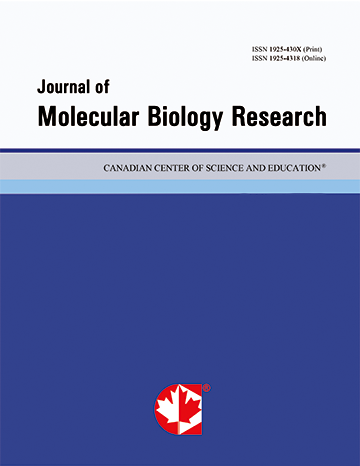Identification of DNA gyrase Subunit a Mutations Associated with Ciprofloxacin Resistance in Staphylococcus aureus Isolated from Nasal Infection in Kurdistan-Iran
- Roya Darbani
- Chiako Farshadfar
- Somayeh Tavana
- Hamidreza Saljoughi
- Sheida Sadat Zonouri
Abstract
Fluoroquinolone antibiotics such as ciprofloxacin are useful drugs against infections caused by Staphylococcus aureus and mutations in DNA gyrase which control bacterial DNA topology, can be one of the reason of occurrence resistance to this class of antibiotics. Therefore finding new mutations and study of the quinolone interaction with mutated GyrA can provide important issues for explanation resistance. In this study 5 ciprofloxacin resistance Staphylococcus aureus isolated among 50 collected S.aureus strains. By PCR testing, gyrA genes in resistance strains was amplified and nucleotide sequencing was done. Nucleotide sequences translate to amino acid sequences then by blastp homology between each GyrA mutant and reference GyrA were compared and mutations were recognized, at last molecular docking were done for GyrA protein and ciprofloxacin, based on free energy of binding decide if the mutations are responsible of resistance or not. The results show glutamic acid and threonine adjacent to each other in common positions 21-22, 32-33, 65-66, 84-85, 101-102, 106-107, 128-129 and 138-139 in all 5 strains were inserted . In order to finding association between mutations and ciprofloxacin resistance molecular docking by Molegro Virtual Docker 5.5 was done. Free energy of binding between reference GyrA- ciprofloxacin and mutant GyrA- ciprofloxacin were -92.3477 and -73.1642 respectively. We conclude different mutations can be affected structure of GyrA and make ciprofloxacin resistance. Finding these kinds of mutations are important and preventing them is indispensable.
- Full Text:
 PDF
PDF
- DOI:10.5539/jmbr.v7n1p186
Index
Contact
- Grace BrownEditorial Assistant
- jmbr@ccsenet.org
